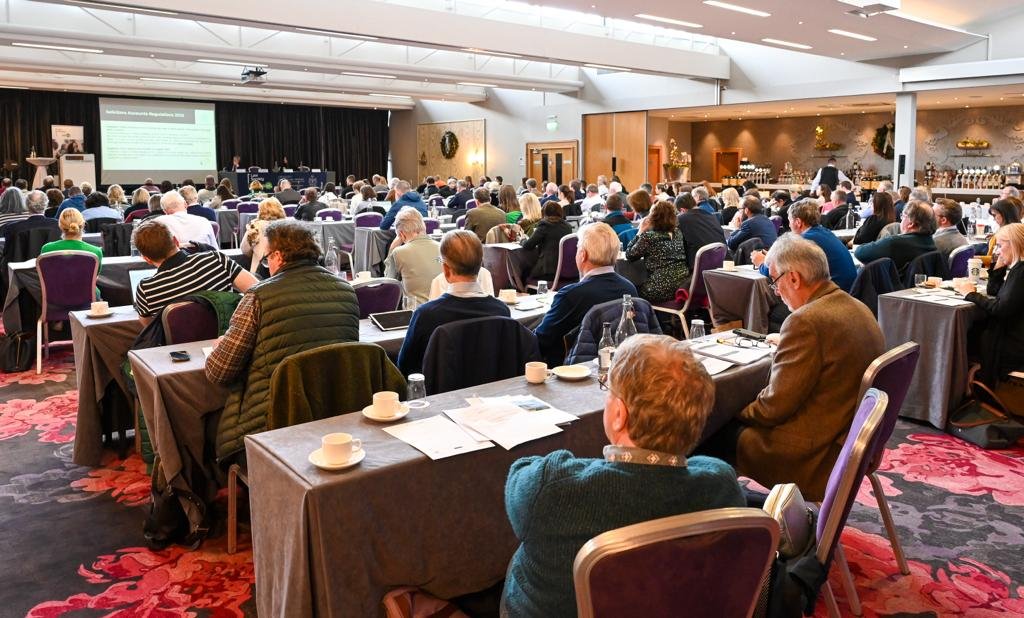One day when I was a teenager, we had a lesson at school about worries. I don’t remember what context this came in, but I do remember the lesson as it was very unusual at the time. It started with a discussion, and then the teacher handed out sheets of paper and asked us each to write down things we were worried about. We were so absorbed by this we almost didn’t notice when she brought out strange pump… but our attention was definitely caught when she started blowing up balloons! We had never seen anything like it and were beside ourselves with excitement.
We were instructed to tie our “worry sheets” to the balloons (as I recall we shared, I don’t think the budget stretched to one balloon each), then we took them outside. There was much excitement as we ceremoniously released our balloons, and our worries, into the sky. The idea of “letting go” of worries by destroying them has become very popular since then, and it’s something I teach myself in relation to other thoughts as well. Some of you may have written a letter you will never send and then destroyed it as part of your work with me.
I spoke about this recently to a friend who had felt frustrated by delays to a promotion at work. He had put a lot of effort into preparing for an exam which would give him the promotion, and booked a place on a test. However, at the last minute the exam was cancelled, and as the next sittings were full he had to wait nine months until he could finally take it. In the meantime, colleagues with less experience were promoted above him, and his chosen career stream after the promotion became full, so he had to move department.
The setback made him feel frustrated and disillusioned. He began to mention the issue more and more frequently, and it coloured his entire view of his work. When he finally got the promotion, all he felt was bitterness. Eventually, he asked me for advice. I mentioned the balloon story, and gently suggested that there was absolutely nothing he could do to change what had happened, and he was allowing his feelings of frustration and anger to make him miserable. He never even celebrated the promotion he had worked so hard for. I told him to write down his frustration, scrunch the piece of paper into a ball, and destroy it in whatever way he saw fit. Then, I said, he could stop thinking about it and move on.
He burned the paper (be very careful if trying this at home!), and told me the physical destruction helped him to release some of his frustration. He made a point of avoiding focussing on the issue in conversations, and realised just how much time he had spent complaining. He can never get back those nine months lost to delay, but he can prevent himself losing any more time and energy to negative thoughts about something he can’t change.











